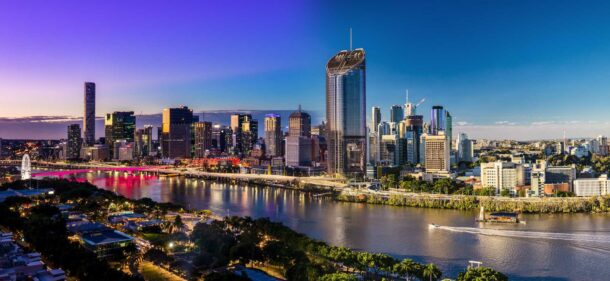Relocate to Tasmania
Tasmania: the forest island of Australia
Tasmania; with its spellbinding natural appeal – where people come to enjoy an undisturbed life, recharge in nature and immerse in a lively scene of art, music and cuisine. This island state is separated from Victoria by the Bass Strait and is the only Australian state that is detached from the mainland.
In Tasmania, you will come to love and appreciate the mountain views, dense forests and tranquil water-scapes as though you grew up amid these impressive natural giants! Nearly half of Tasmania’s land area is protected, and the state has a wealth of incredible wildlife and national parks. As the smallest Australian state, Tasmania has an intimate and hospitable way of living; with smaller cities and welcoming communities — a great place to live for those looking for a slower pace of life embedded in the natural environment.
Tasmania’s history
Around 10,000 years ago, rising sea levels split Tasmania from mainland Australia, in effect, separating Aboriginal Tasmanians from Aboriginal groups residing on the mainland.
After British settlement in 1803, the island was named ‘Van Diemen’s Land’ after Anthony van Diemen, the former Governor-General of the Dutch East Indies. In the 1850s, the land was renamed to ‘Tasmania’ after the European explorer, Abel Tasman, and officially became an Australian state in 1901.
The state is informally known as ‘Tassie’, often shortened to ‘Tas’. Tasmania is also known as ‘lutruwita’ in palawa kani, a revived language that is based on reconstructed vocabulary of the eastern Aboriginal Tasmanians. Several palawa kani names are used in conjunction with English names to refer to archeological sites and landmarks state-wide. This language was created by the Tasmanian Aboriginal Centre in the early 1990s, and is the only Aboriginal language in Tasmania today.
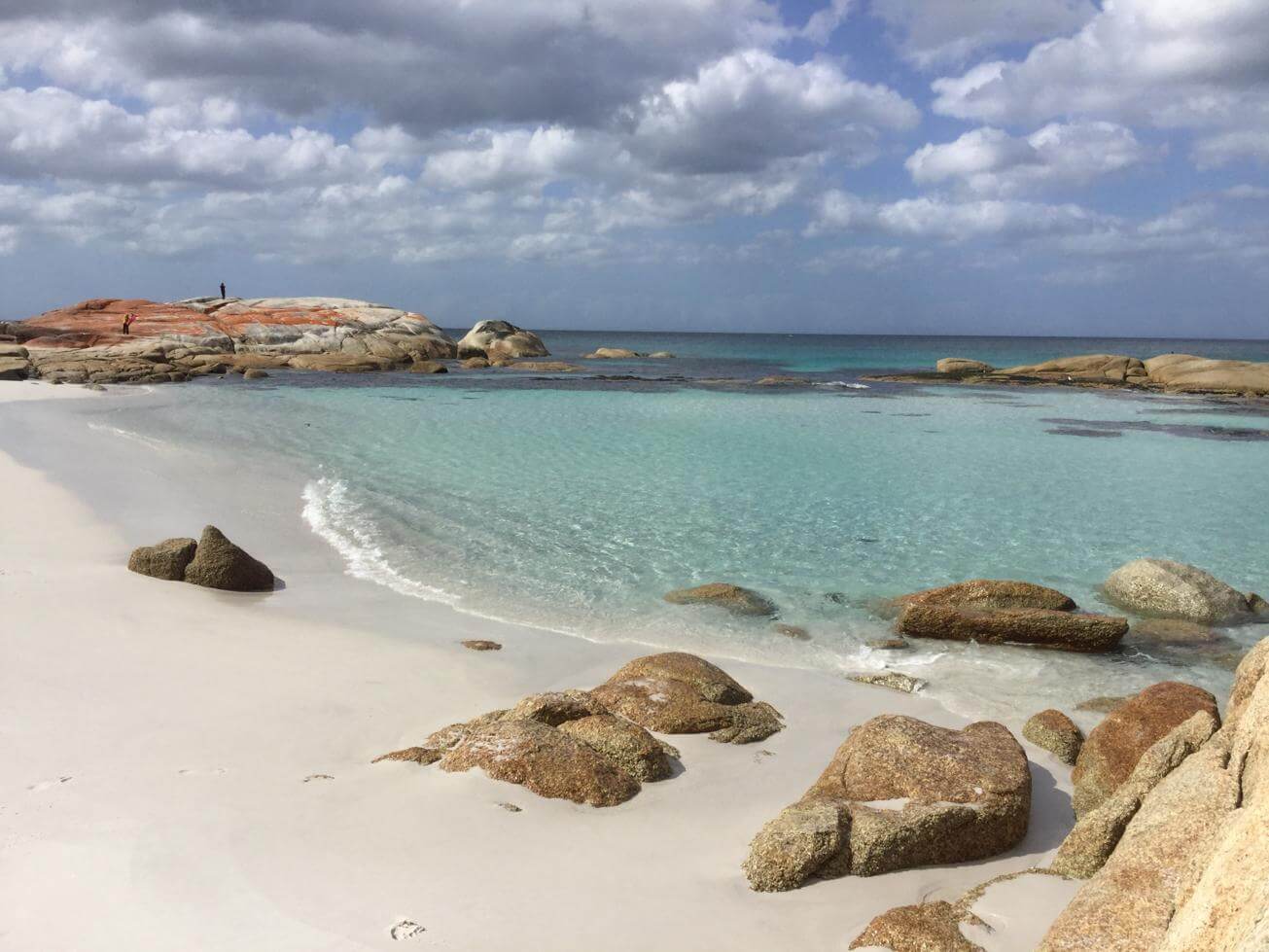
Tasmania’s natural environment
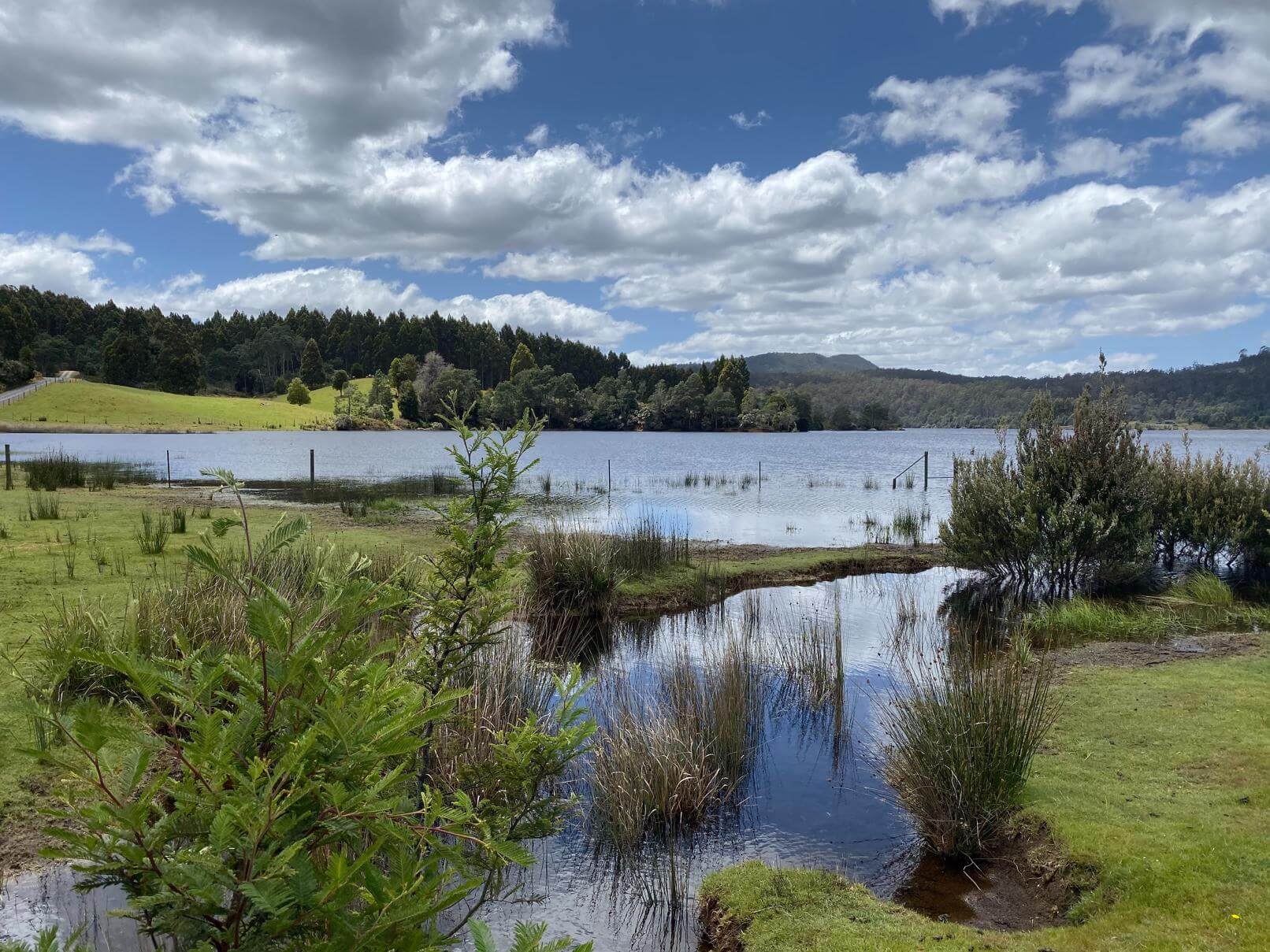
The largest part of Tasmania is forest-rich, and the area surrounding the Southwest National Park fosters some of the southern hemisphere’s last remaining temperate forests. The largest of these forests in Australia is the Tarkine in the far north west region of the island, covering almost 4,000 square kilometres! Tasmania also has the largest areas of dolerite in the world, resulting in mountainous sceneries like nowhere else on the planet.
Along with significant forest coverage, the state of Tasmania contains many large rivers and hosts a network of plants and animals like nowhere else in the world, considering how isolated the island is from other landmasses. Unique animals such as the Tasmanian tiger, a marsupial which got its name from the characteristic stripes across its back, is still seen among local wildlife even though it is extinct on mainland Australia.
Tasmania’s climate
Located to the south of the Australian mainland, Tasmania has a cool and temperate climate. Summers (December to February) typically don’t get too hot with average temperatures of 17-23°C. Winters, on the other hand, experience more extreme weather conditions with daily temperatures ranging from 3-11°C. There is a gradual transition from the cool summers to the significantly colder (and often rainy) winter months, during which high lying regions are commonly on the receiving end of snowfall until as late as October. Come spring, locals are well acquainted with the notorious westerly wind that shows up along the coast!
Unlike most of mainland Australia, Tasmania experiences quite a varied weather report throughout the year because of the mountainous topography, resulting in four distinct seasons as opposed to a consistent and moderate climate year-round with little change in average temperatures. While the state capital Hobart is one of the driest cities in Australia, rainfall in the rest of Tasmania is abundant and regularly surprises unsuspecting hikers while out and about.
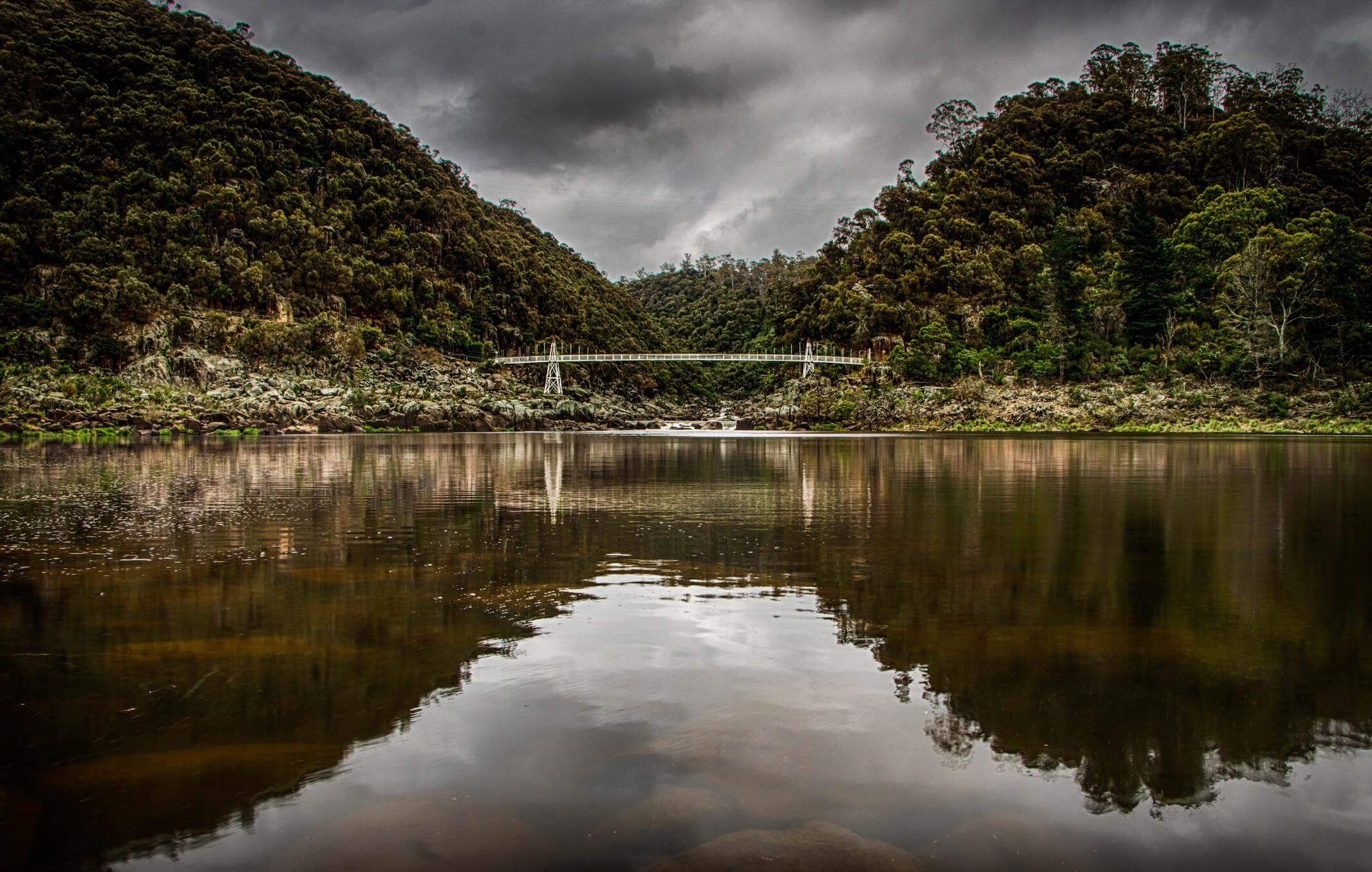
Tasmania’s population and transport system
The state of Tasmania consists of the main island, which is the 26th largest island in the world, along with over 300 smaller islands including Bruny Island, King Island and Flinders Island. The state has a total population of about half a million people. The capital, Hobart, is one of the least populated cities in Australia even though it is home to around 40% of all Tasmanian residents.
Hobart and Launceston, the two main cities, are both well-connected to mainland Australia via a functional and efficient transport system. Traveling to and from Sydney, Melbourne and Brisbane is effortless thanks to regular direct flights, as well as a daily ferry that departs from Devonport near Launceston to reach Melbourne. Traveling around Tasmania is easy using a car since towns are located relatively close to each other. Driving with your own car is also the best way to explore the magnificent off-the-beaten-track sites that may not be accessible using public transport.
Hobart’s ideal proximity to Antarctica appoints Tasmania as the main link between the two continents. Aside from Hobart and Launceston, Devonport, Burnie, Ulverstone and Kingston are also popular areas for permanent residents who want to live near the main business centres.
What is it like living in Tasmania?
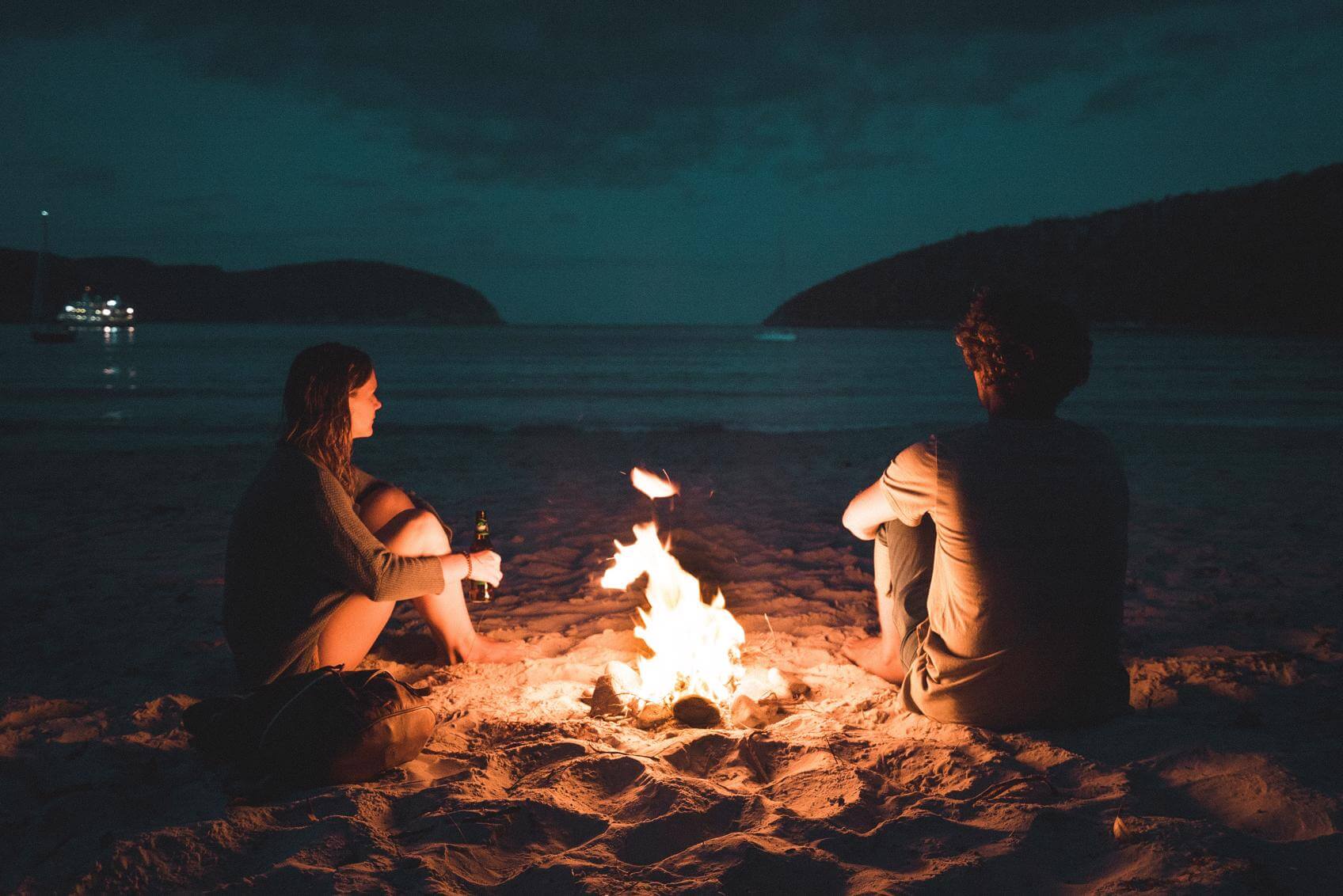
Tasmania has a prosperous tourist industry with a remarkable food and wine culture. The broader Tasmanian art and cultural landscape also features a lively music scene with a sizable community of local bands, classical music artists and composers. Hobart houses some of the state’s biggest cultural attractions such as the Museum of Old and New Art (MONA), which is a renowned arts institution and the largest privately-owned museum in Australia!
Some of the most anticipated events throughout the year include the Sydney to Hobart Yacht Race, which kicks off in the capital of New South Wales on Boxing Day and makes the journey to Tasmania over a course of about four days, arriving at the annual Taste of Tasmania food and wine festival. The Falls Festival held at Marion Bay on New Year’s Eve each year is also not to be missed, along with the Festival of Voices musical fest and the 10 Days on the Island arts event.
Relocate to Tasmania with our help today
Not sure which city is right for you? Why not book in for a free discovery call with one of our relocation agents.

